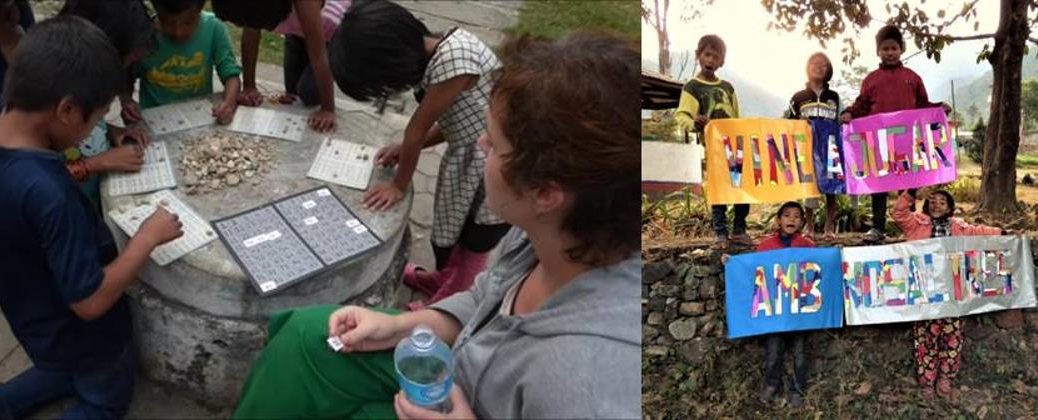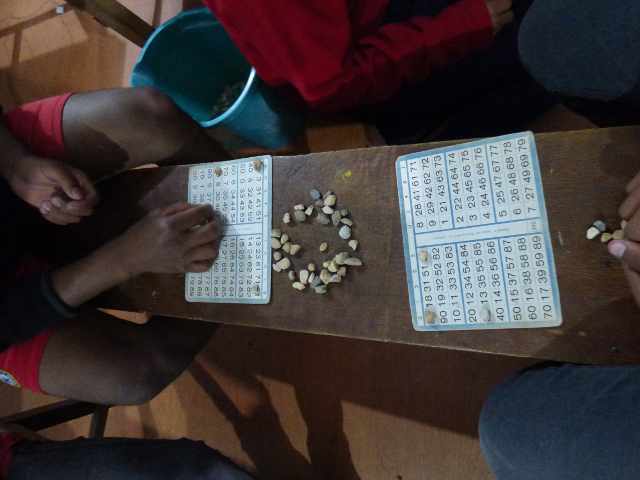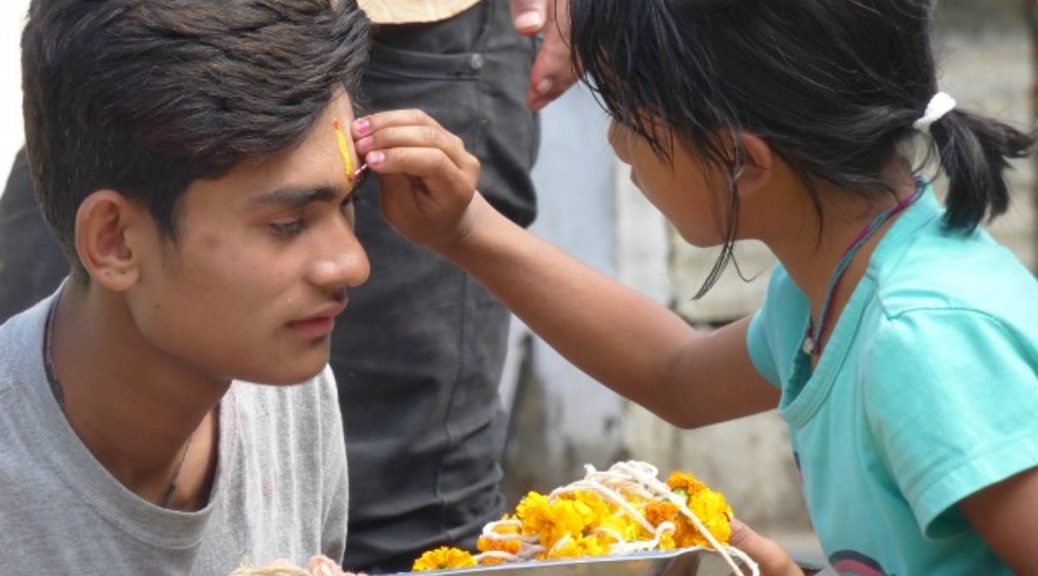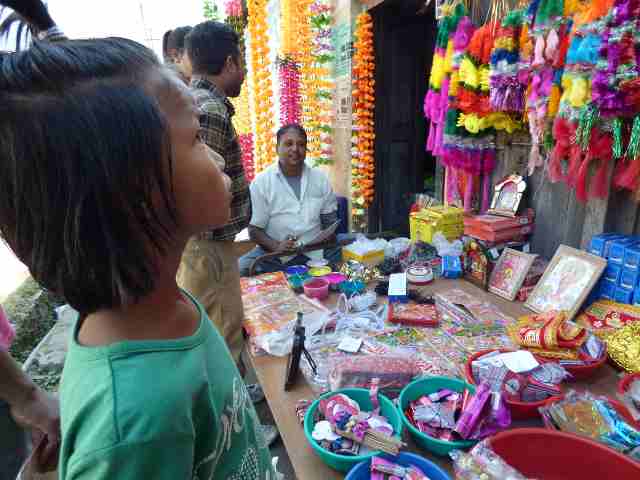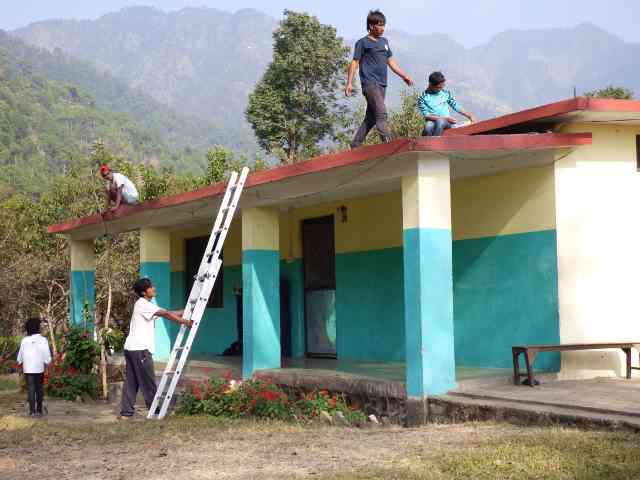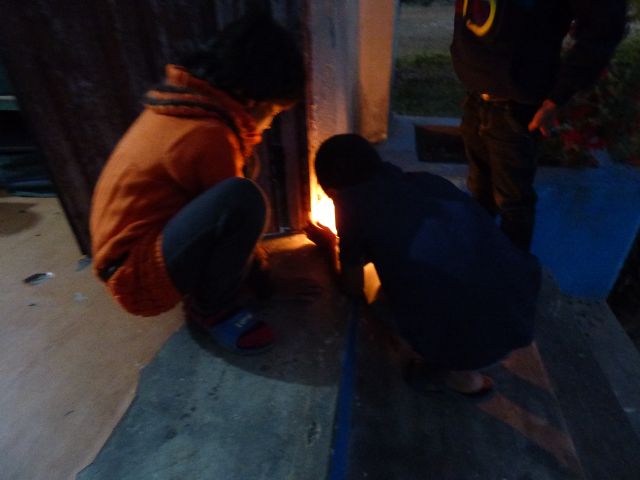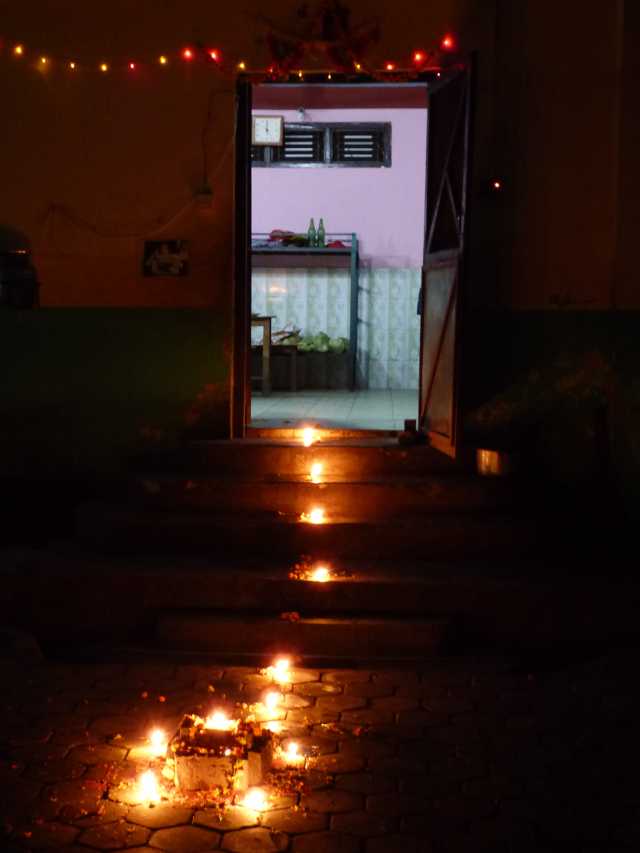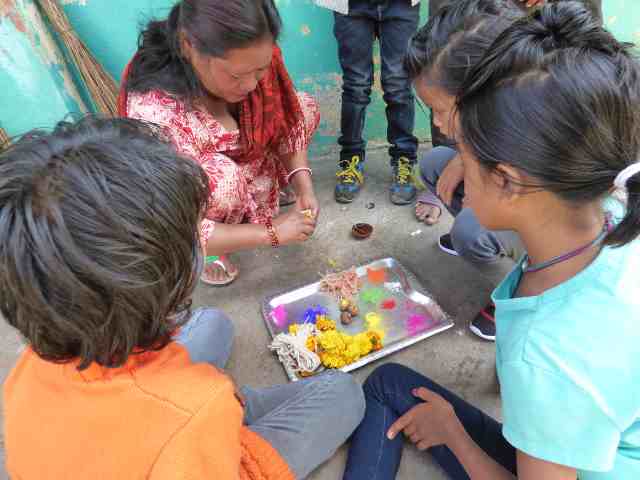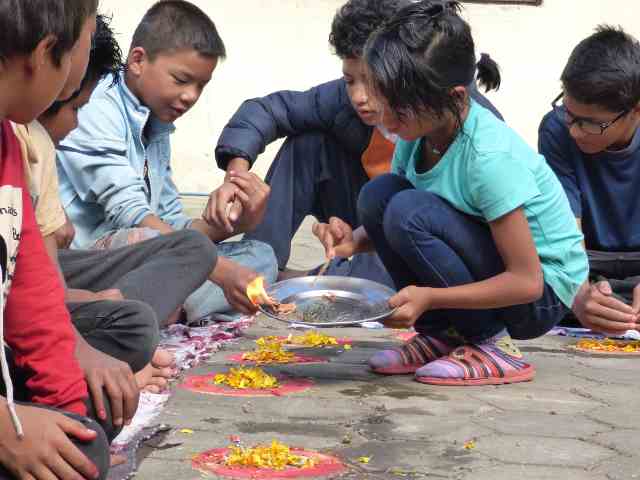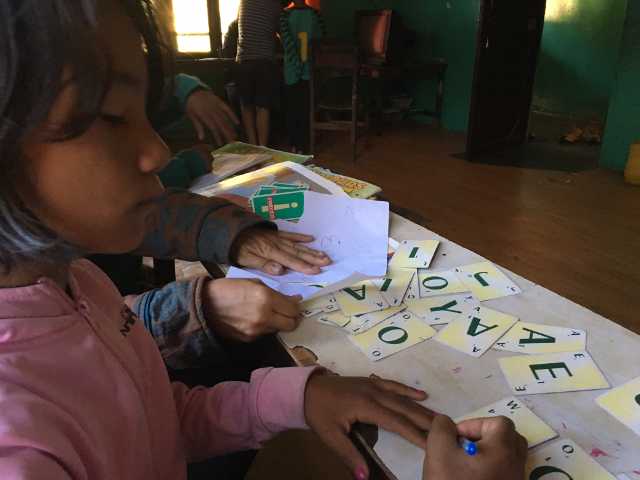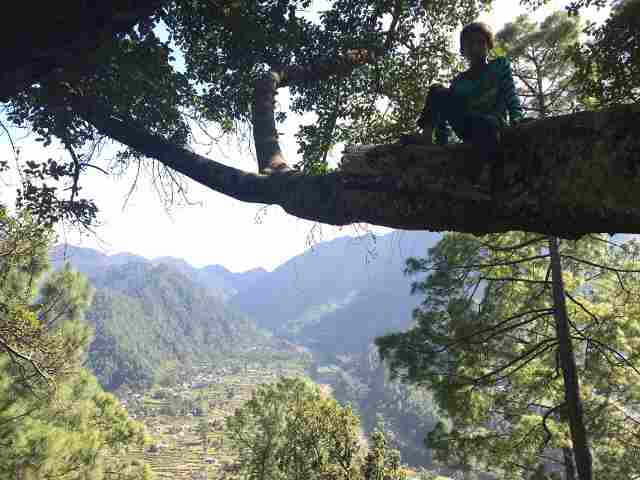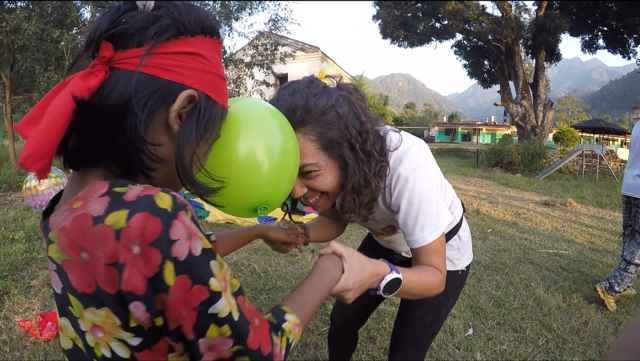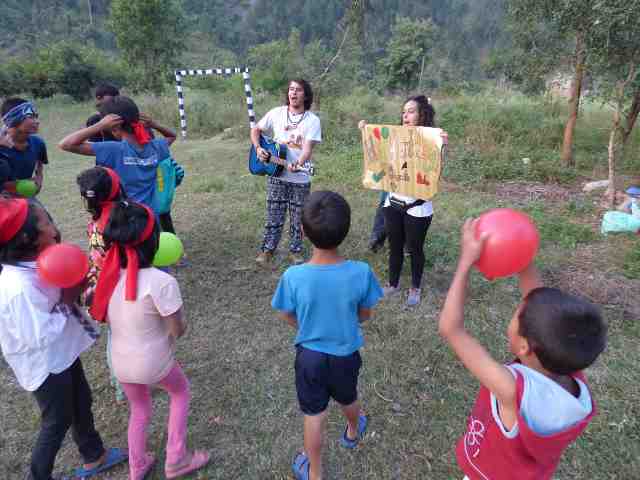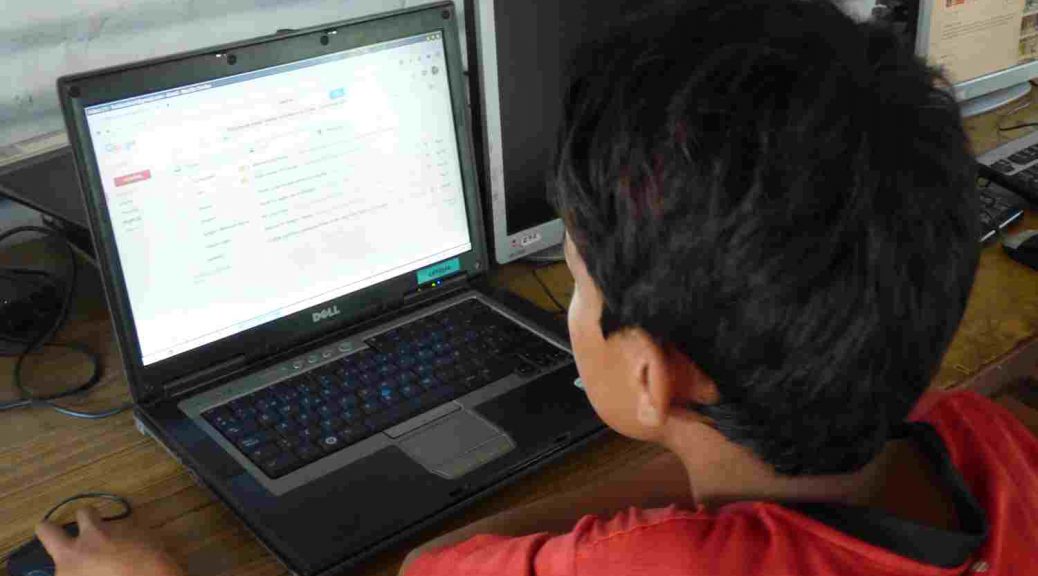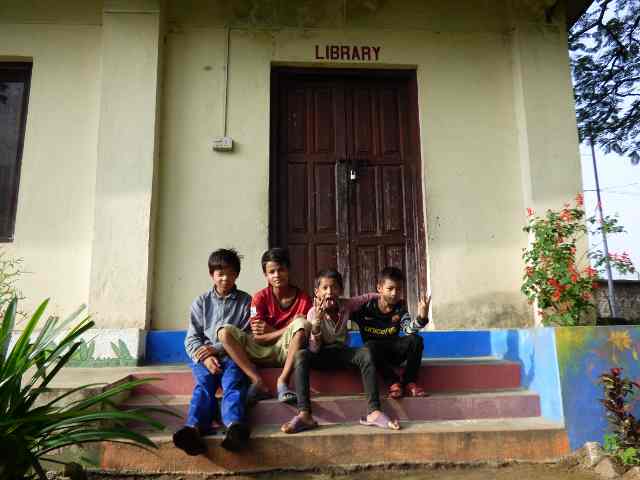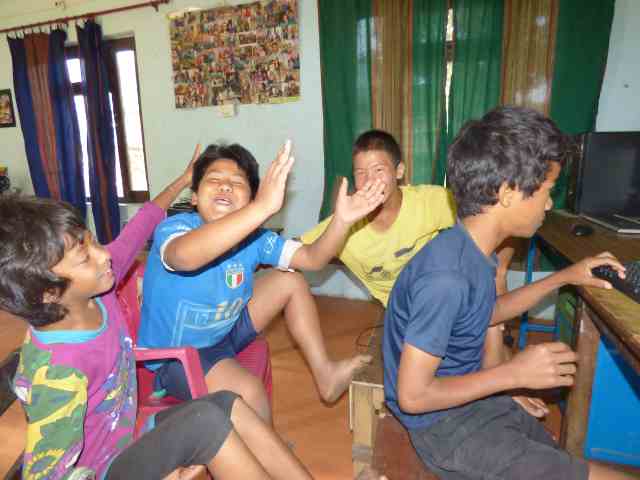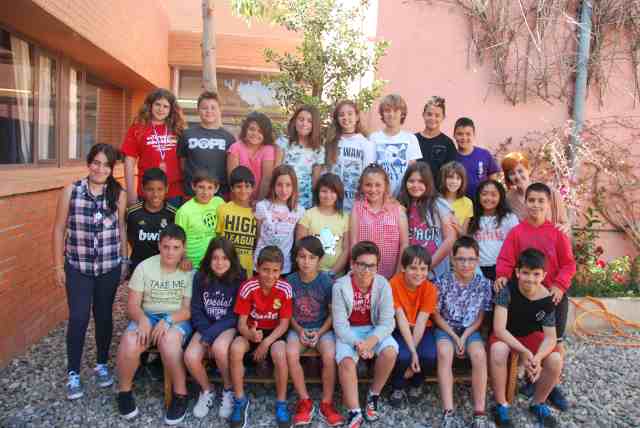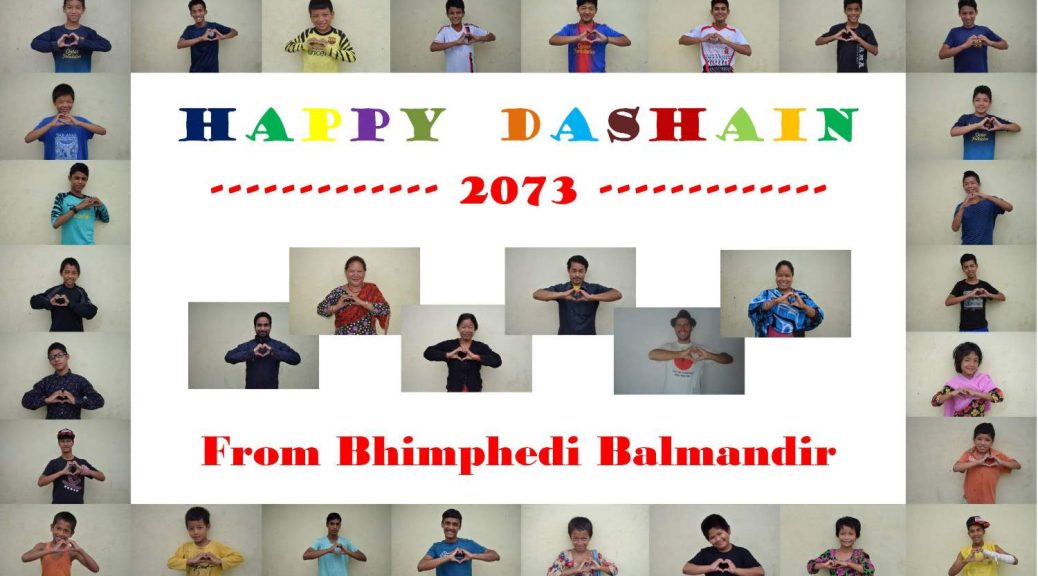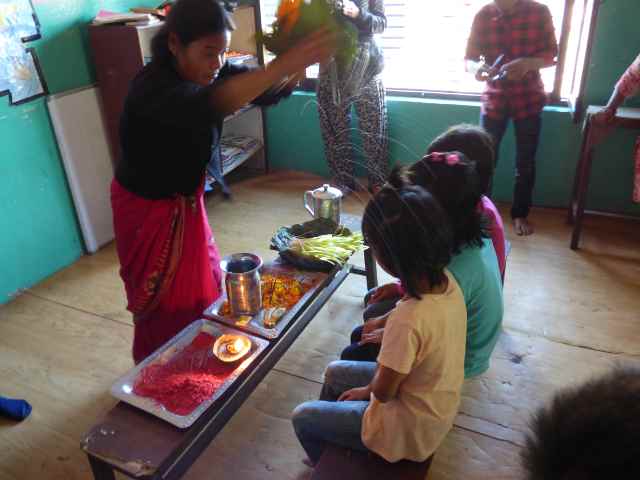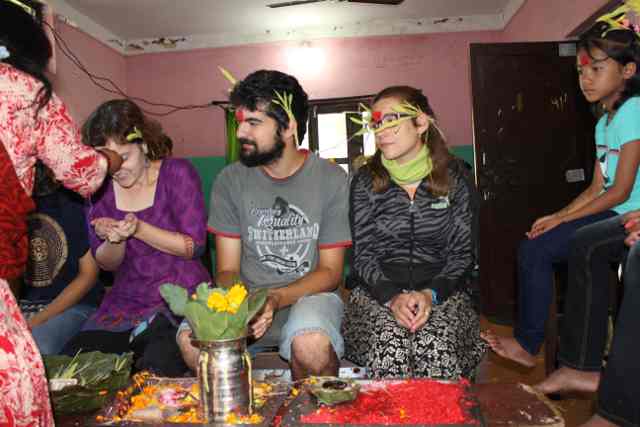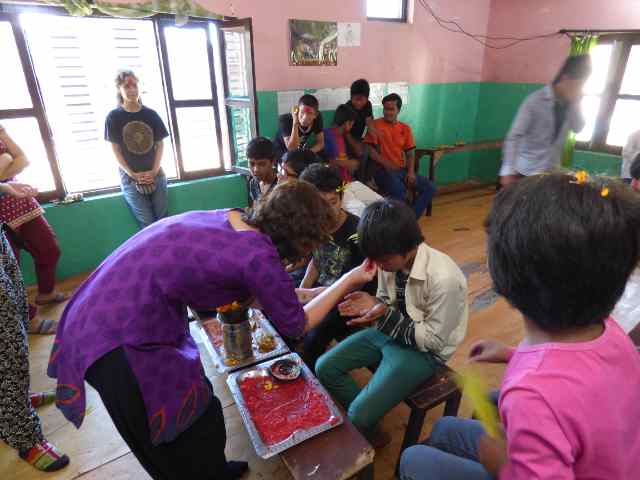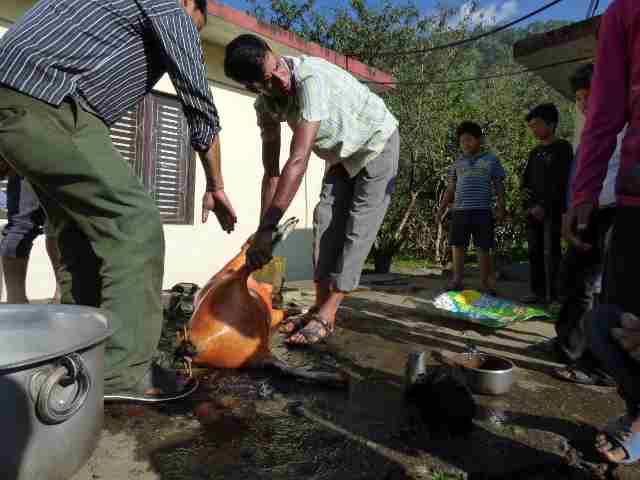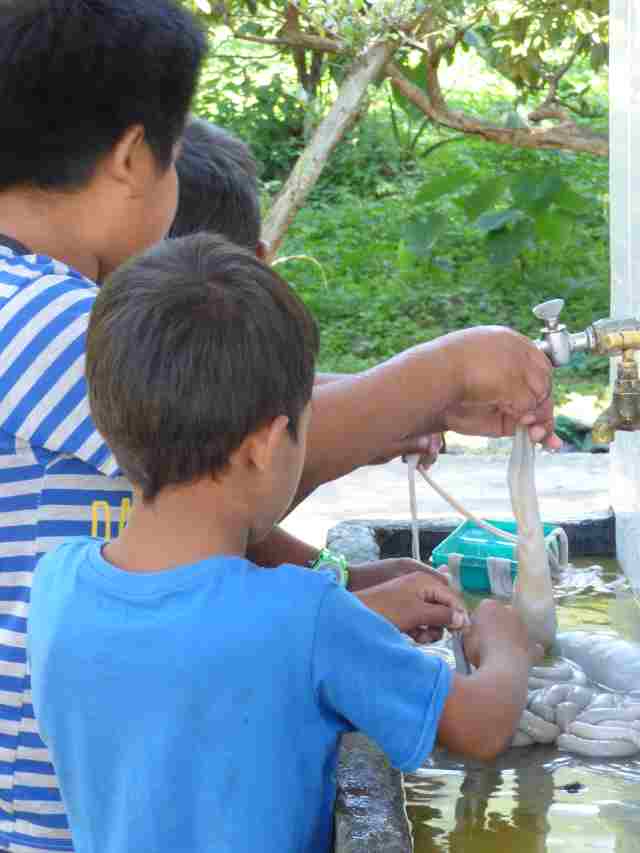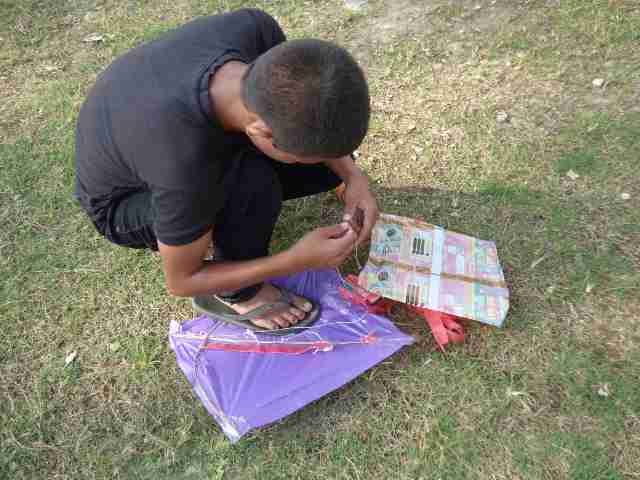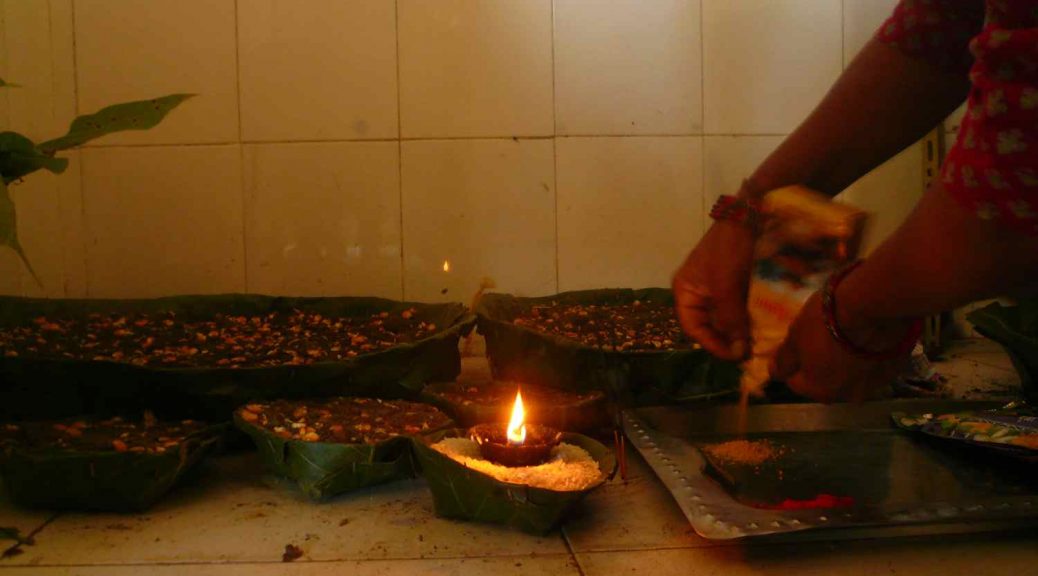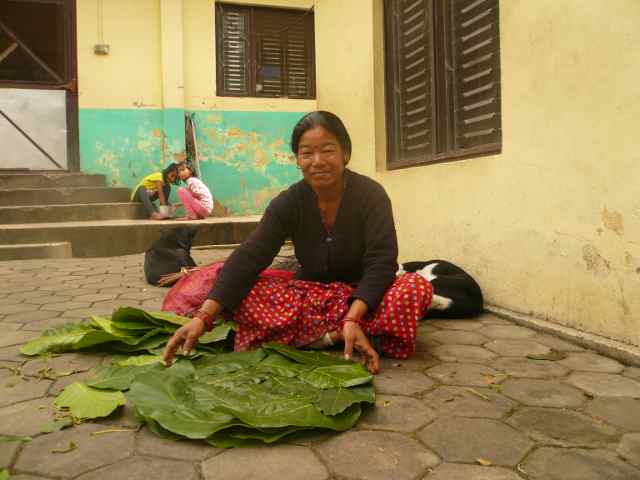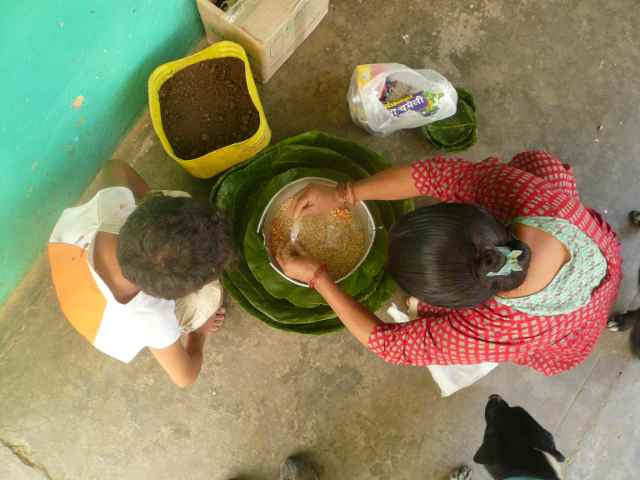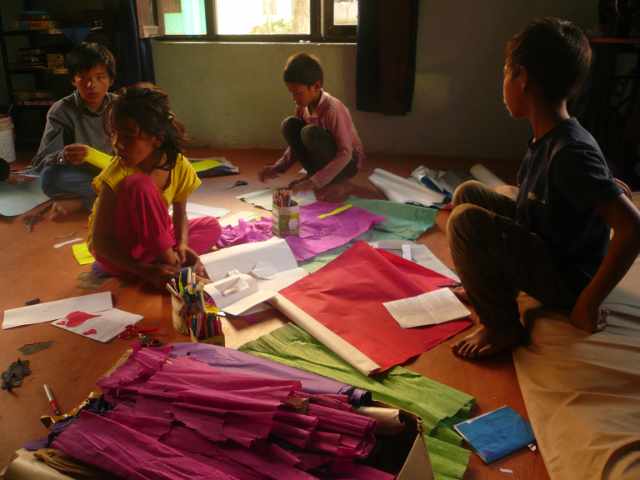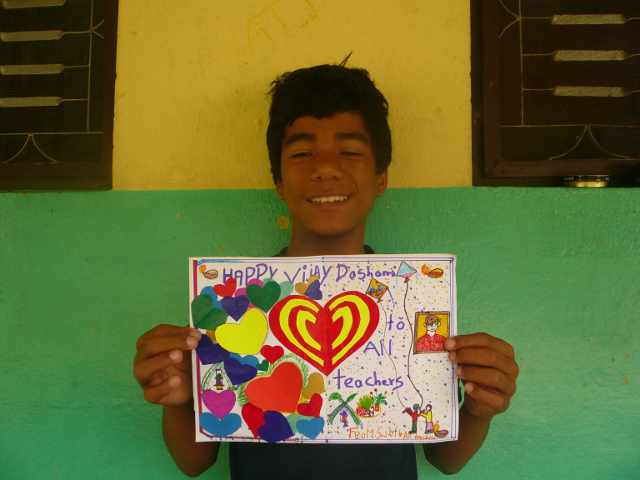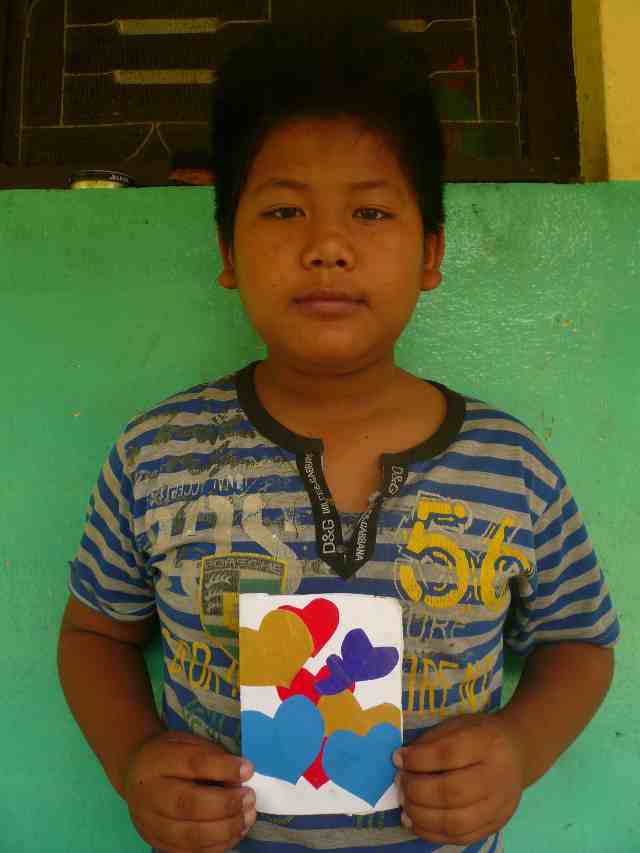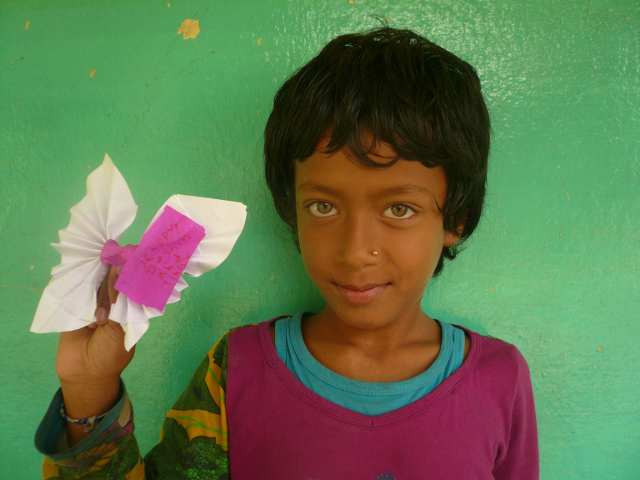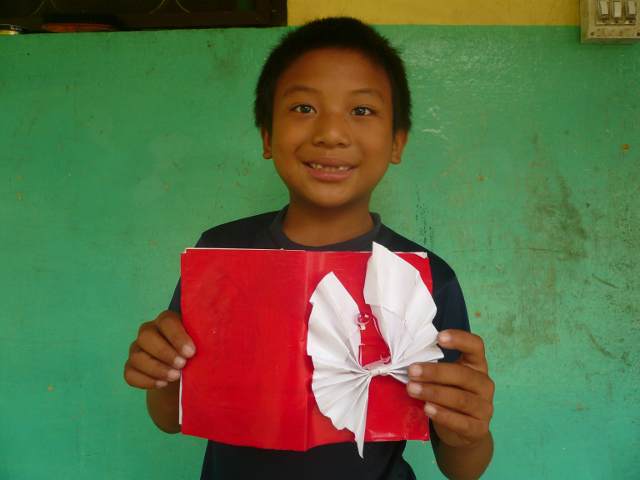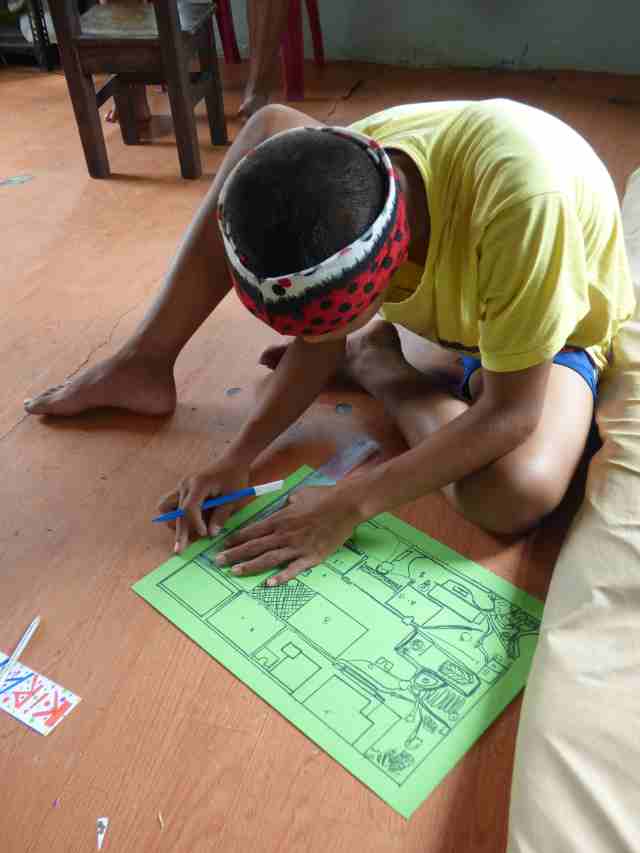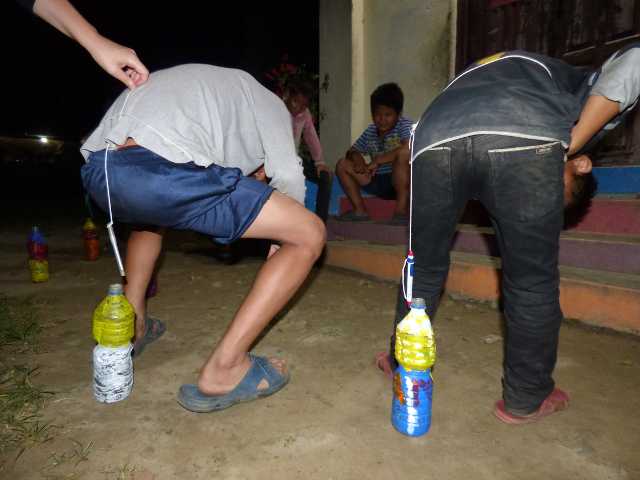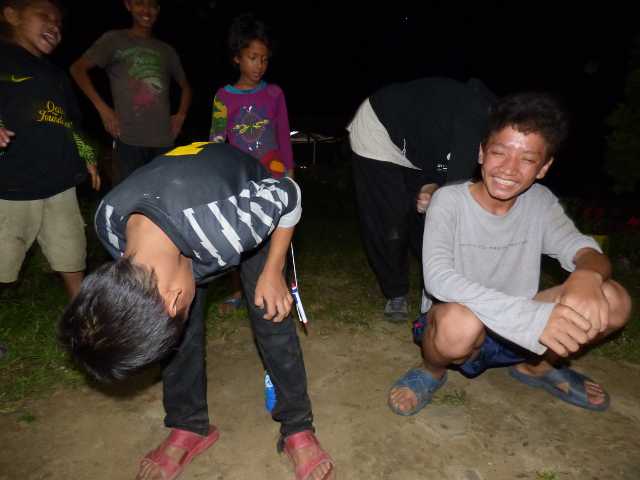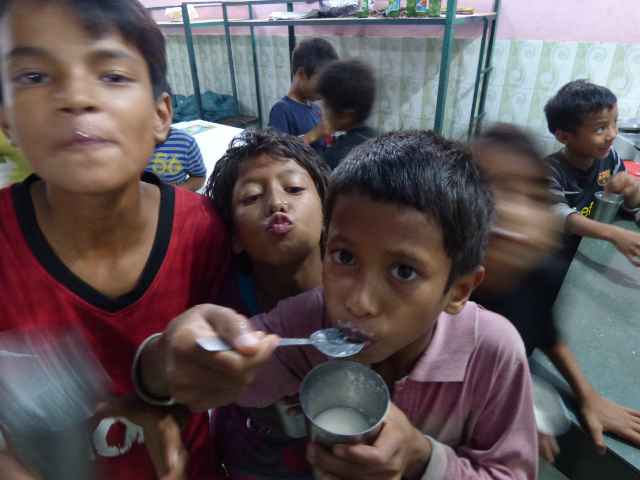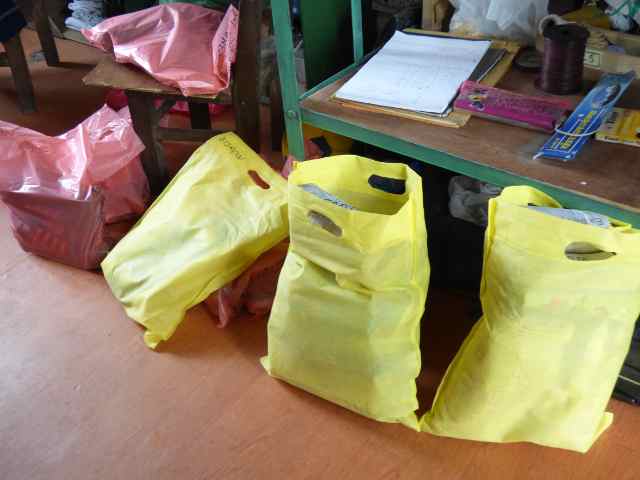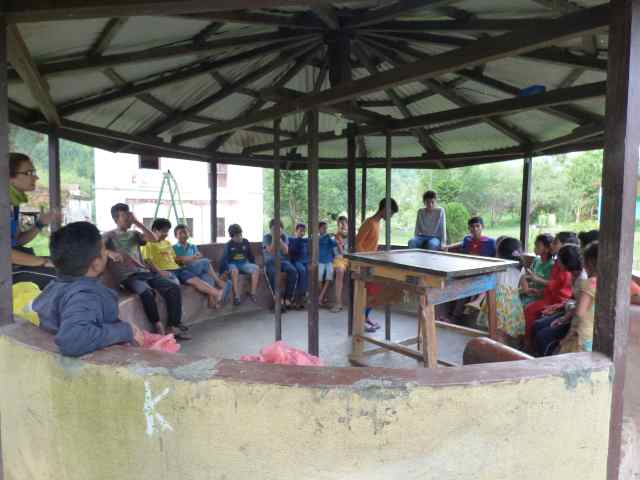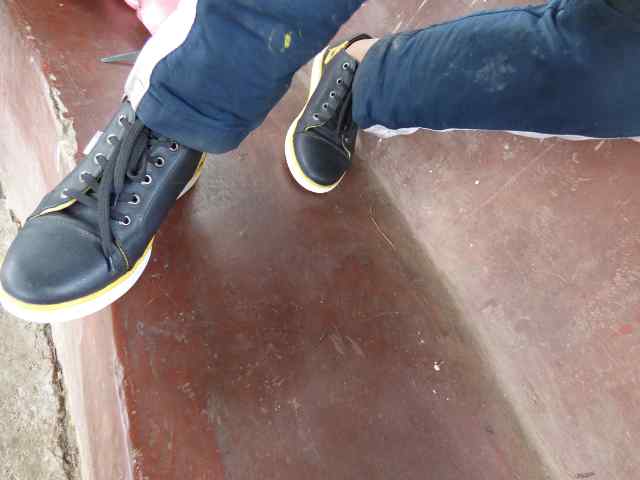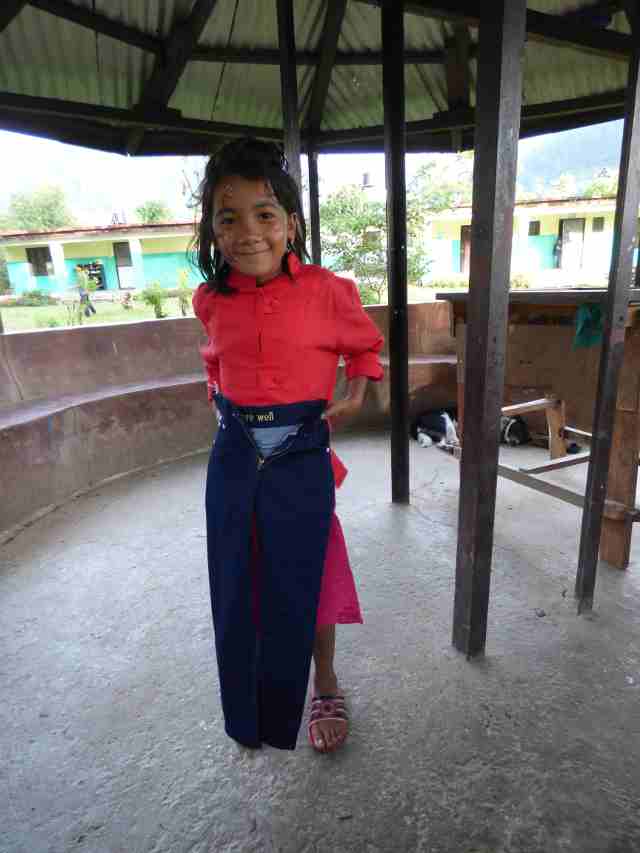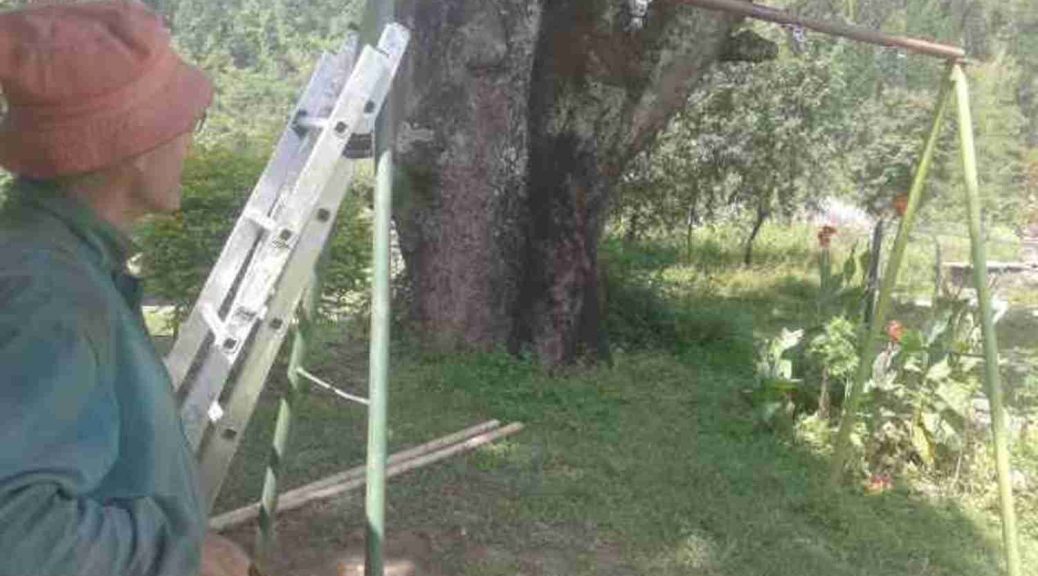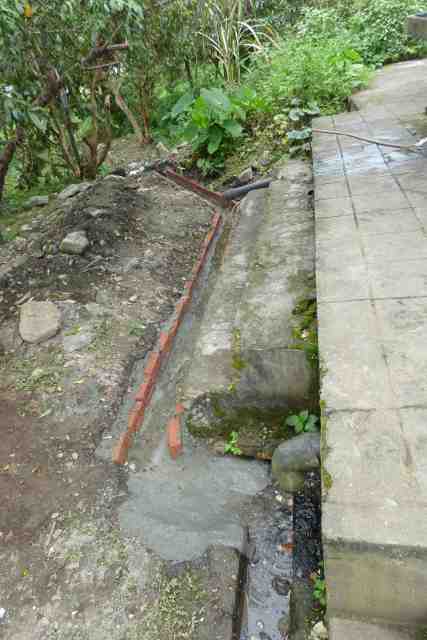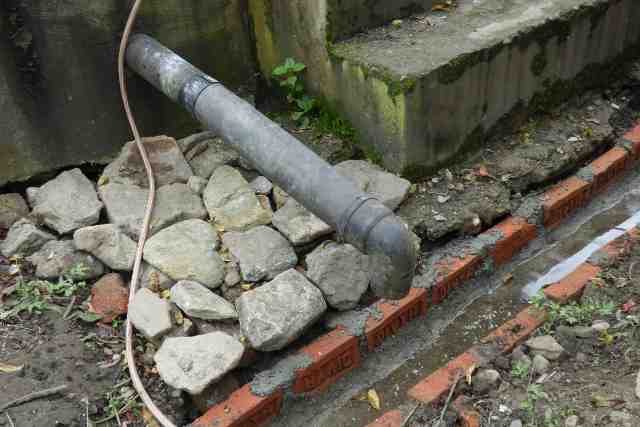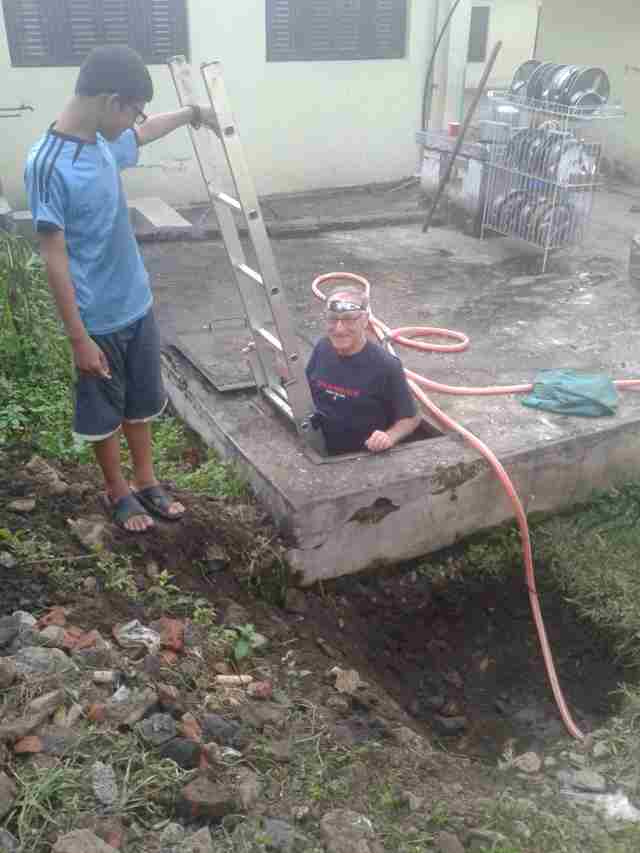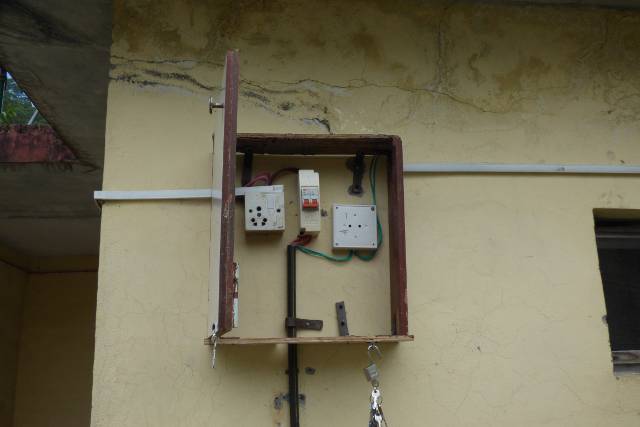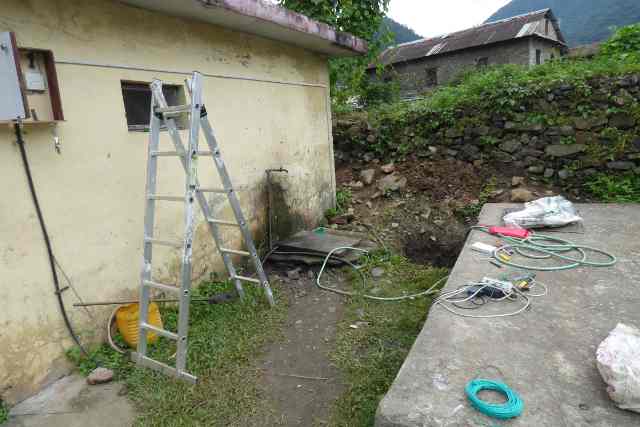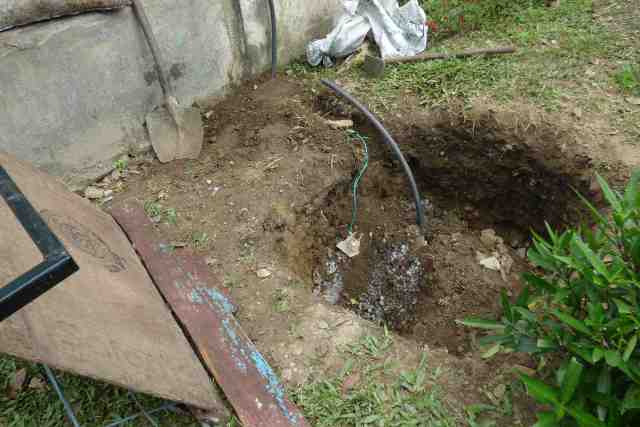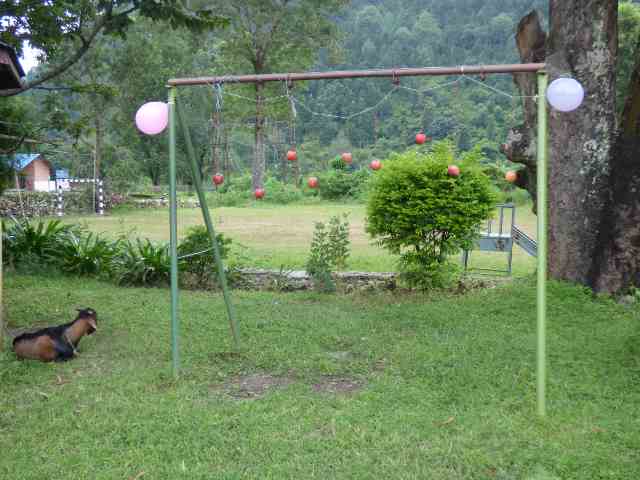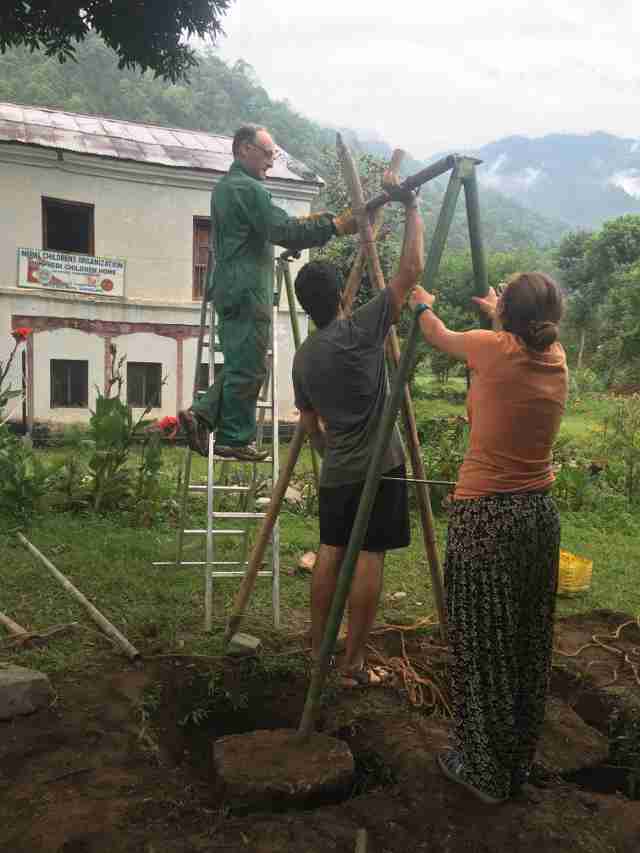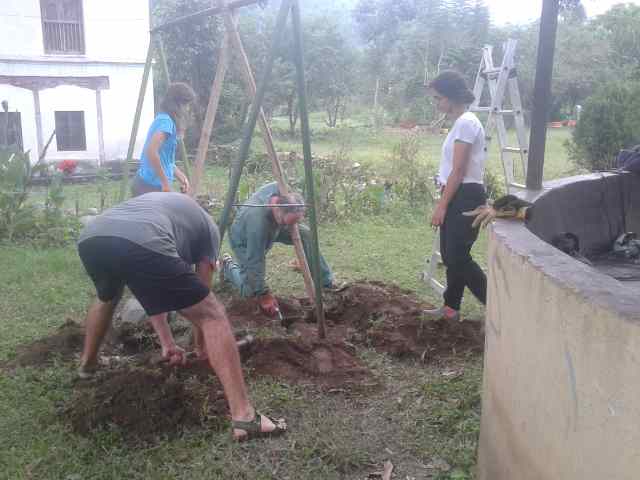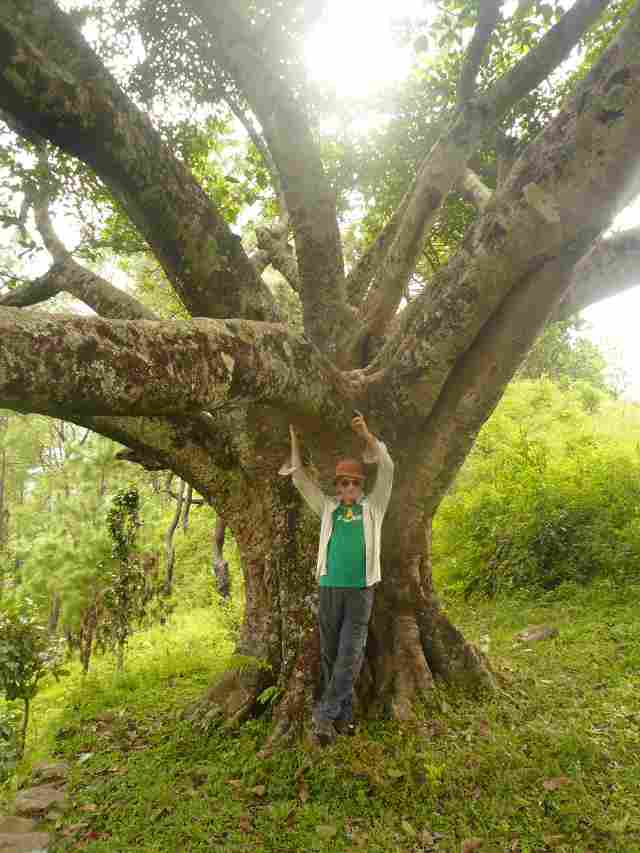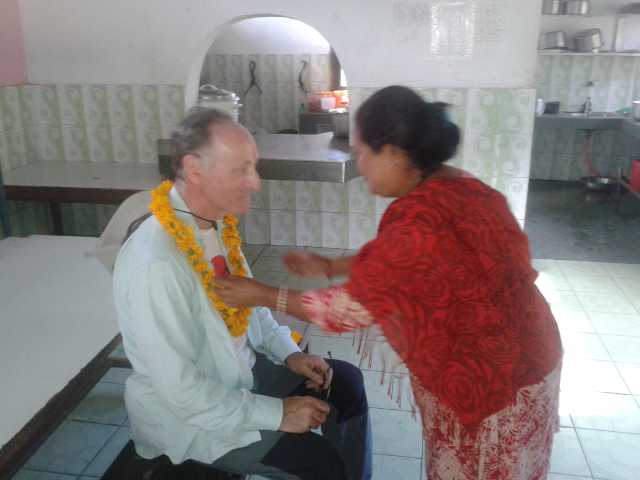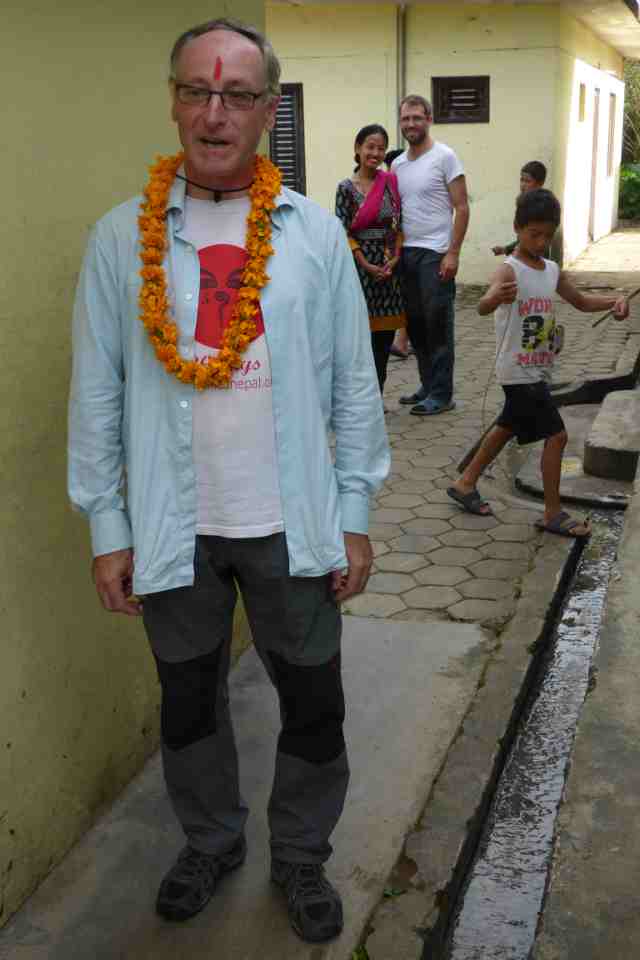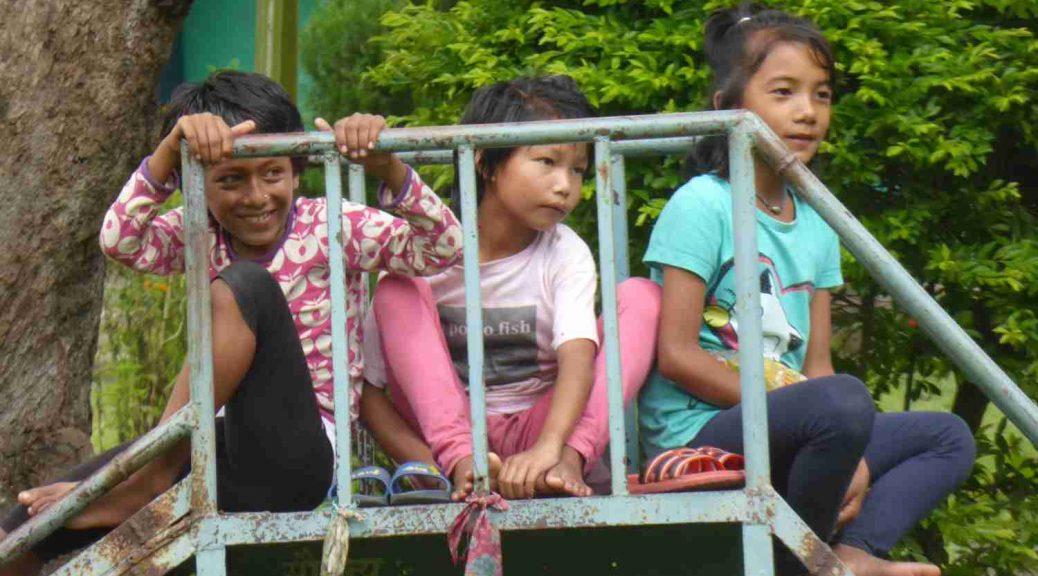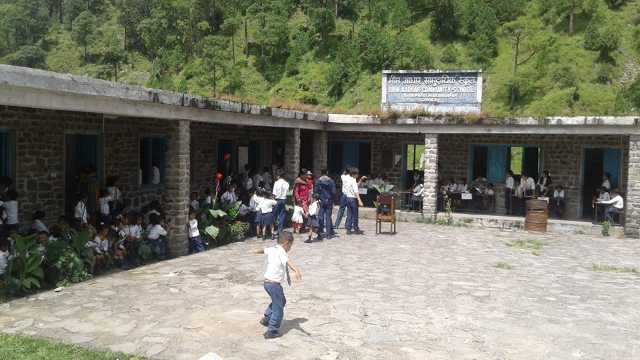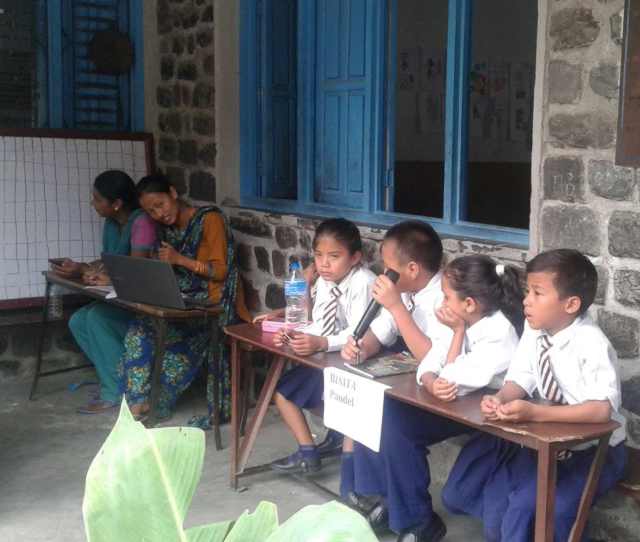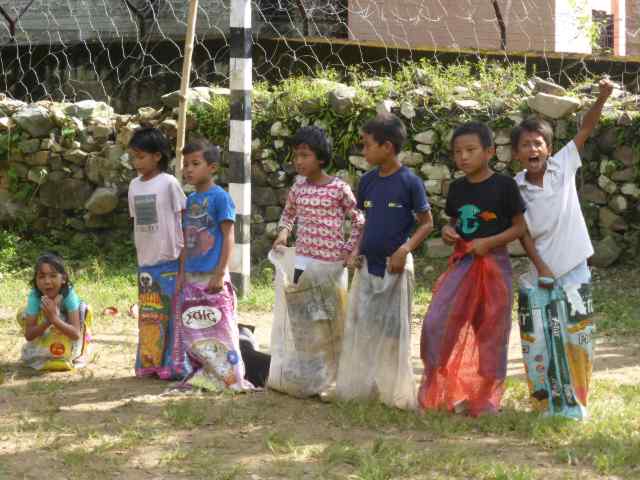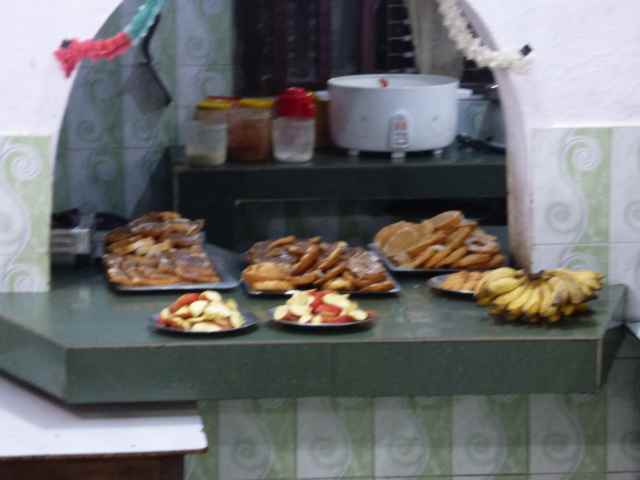Written by Marina Viñas, volunteer of Bhimphedi Children’s Home.
“El Quinto” – also known as “la Quina” – it’s a typical Christmas game in some catalan regions. Since September in Bhimphedi we are working to get all ready for the special annual session organized by “Amics del Nepal” and the S.C.R. El Ciervo de Sabadell that will take place on January 7th. The benefits of this special session will go directly to balmandir and our kids will make one of the games even more special.

First of all, for those who don’t know anything about “el Quinto”: How does it work? Each player has a card with 90 numbers (from 1 to 90) randomly distributed in six squares of five columns into three lines each one (so 15 numbers each square). The first player who fills one line shouts QUINTO and. later, the player who fills a square shouts PLENA. The person who says (or sings) the numbers is called Lloro (parrot).
What do we mean when we say it’s going to be an special game? As it happened in the last two years, the balmandir kids are going to be the parrots of one of the games!
We put the 90 numbers – made with paper – inside a plastic bottle. I asked the kids – one by one – to do as a parrot while I recorded them helped by Rojan. But it had to be in Catalan! It was not an easy work: “it’s so hard!”, “I don’t know how to say it”… In the home there are 26 kids so each one had to say 3 or 4 numbers. But slowly they started to enjoy doing it and at the end I got all the numbers (“at the end” means that it took me three months!).
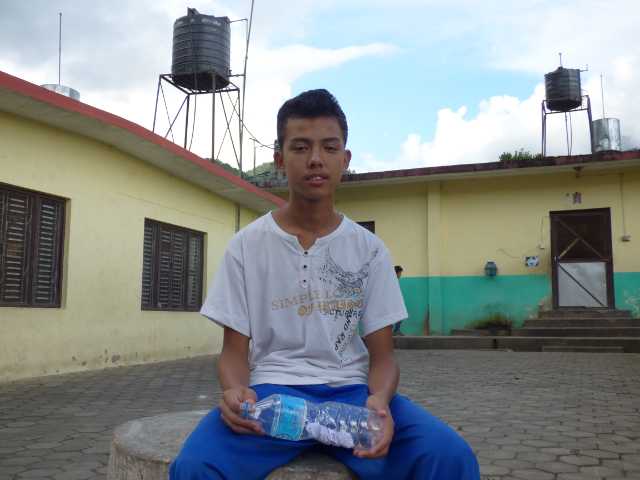

It’s the third year that kids are asked to do this job so the questions quickly started: “Why do we do it?”. “How does this game work?” They were curious about the game and fortunately I had put some cards inside the suitcase (thanks to S.C.R. El Ciervo of Sabadell for giving them). So we started playing with the youngest kids in the “English version”, achieving to remove the mix-up between 13 and 30, 14 and 40, 15 and 50… We have a new tool for the study! Using this game we also did some maths: additions, subtractions…

The elder kids have also played quinto but in the “Spanish version”. We’ve been doing Spanish classes for some months and we thought it would be a great idea playing “el quinto” in spanish to practice the numbers. At the beginning Ashish, Kush and Lov (who are advantaged students) translated the numbers to Nepali. But after playing, playing and playing, even Kamal and Ramraj dared to act as Parrots singing the numbers themselves. Great!
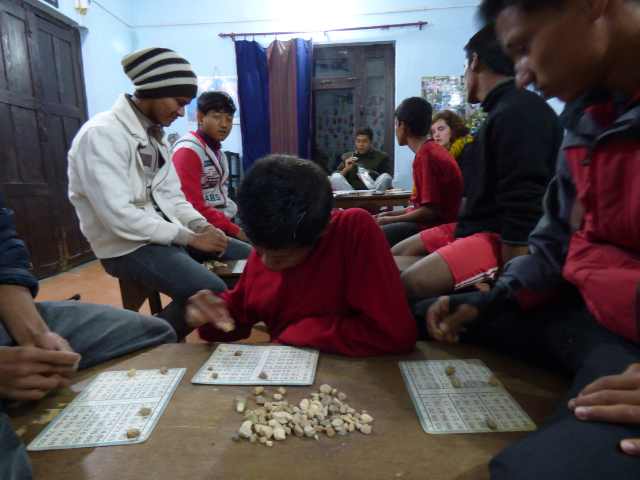
“El Quinto” becomes more than a game in balmandir. You can play with us on January 7th at the S.C.R. El Ciervo (C/Viladomat 26, Sabadell). See you there!
